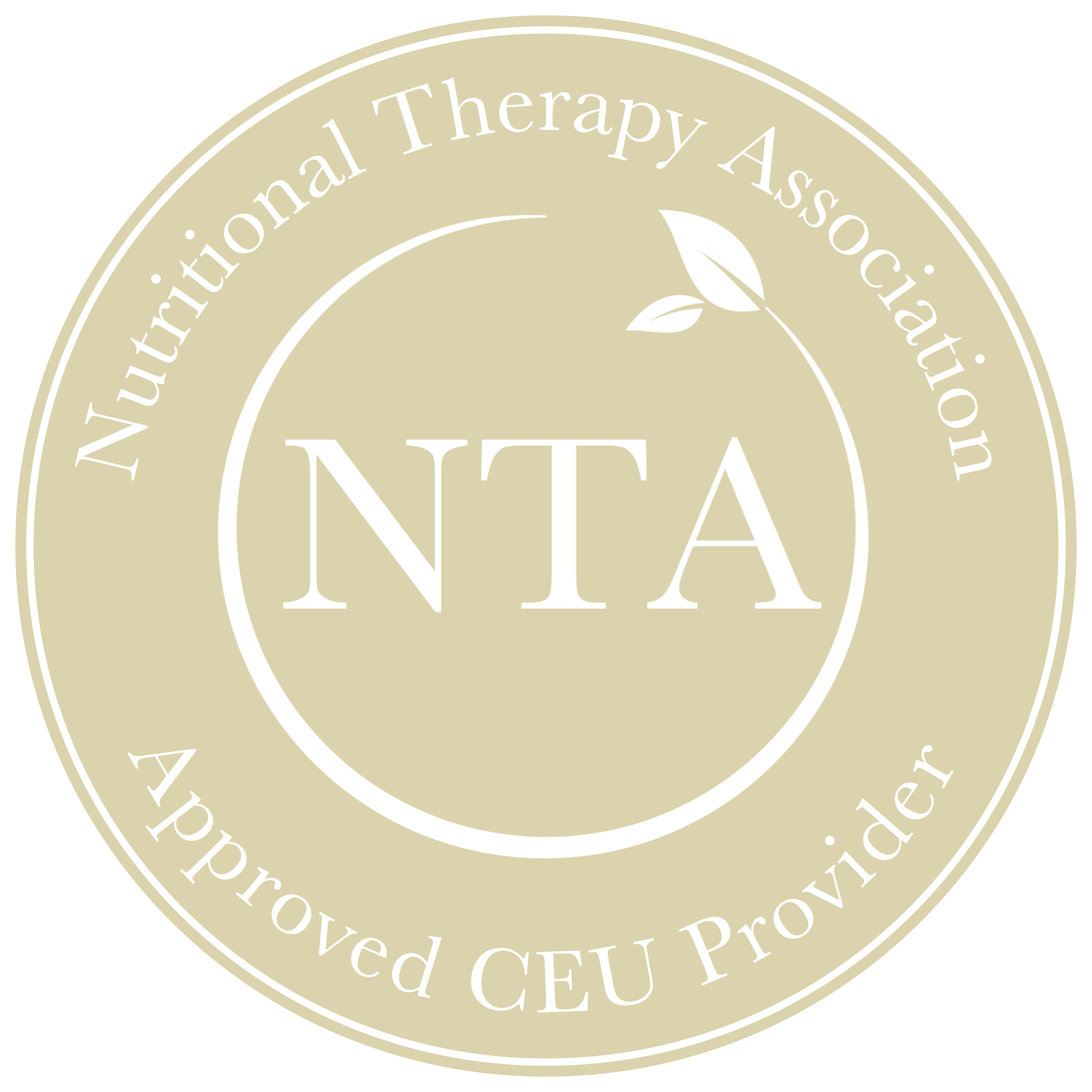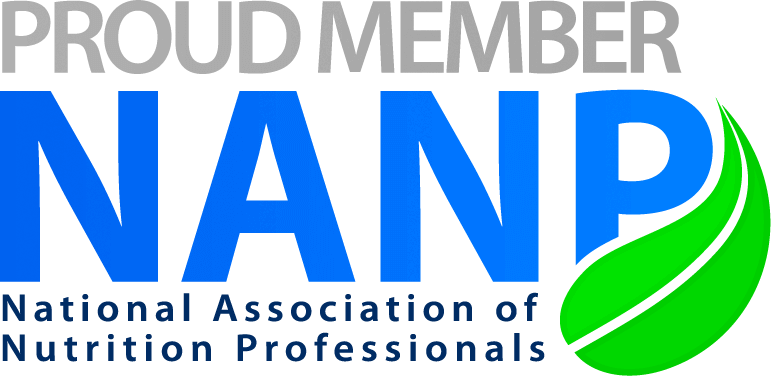We’ve all been there.
You open your client’s email only to read a long list of new symptoms and challenges since implementing your recommendations…
You pick up the phone to a panicky voice outlining all the ways she’s feeling worse, not better…
Your heart skips a beat when you read the urgent text asking “is this normal?” as he outlines what’s not working…
We’ve all been there. That sinking pit in your stomach when you realize something’s not working, something went sideways, maybe things even got a lot worse. And, at first glance, it’s because they did something you suggested they do. Ugh.
If you’ve been practicing for any length of time, you know of what I speak. It’s the risk we take when we set out to help people with their health – especially those who are really sick and struggling. Of course, as practitioners, we do absolutely everything within our power to reduce the risk of this happening, but it’s part of the job. Sometimes things get worse before they get better. Sometimes clients have healing reactions. Sometimes they don’t tolerate an ingredient in a supplement.
If you’ve ever experienced this, first let me say: it’s okay. You’re not alone. You’re not a failure. It’s part of our learning process. And: it’s what you do in these types of challenging moments that defines you as a practitioner.
Here are eight strategies to consider when things go sideways:
1. Take a few big breaths and remember why you do this work. Anchoring yourself back to your original “why” and standing firmly in the change you’re here to make will help remind you of your core intentions. Write it down. You can then use these intentions to guide your further actions.
2. Step back and look at the big picture for this client. One of the most common mistakes we make is precisely what isn’t going to help: diving into the weeds and troubleshooting micro details of your protocol. When you can’t see the forest for the trees, you can’t effectively troubleshoot what’s going on. A problem can’t be solved when you’re too far down the rabbit hole. Perspective is everything. I find taking a walk and getting some distance on the problem is very helpful in these moments. We often see things more clearly from our peripheral vision than when staring straight at it, so give yourself the space to do this.
3. Ask lots of questions. You need to understand the timeline and the circumstances of their symptoms. What changed? Have your client talk you through the timeline and give you a play by play of what they did before, during, and after things went sideways. In addition to asking about the pieces you specifically recommended, also ask about other things going on in their life. Just a couple of weeks ago a client of mine, we’ll call her Zoe, wrote me in a panic because her skin was breaking out badly after we made an adjustment to her protocol. Of course, my knee jerk reaction was to roll back the protocol changes, but after asking a few more questions, I learned she’d attended a social gathering where she’d indulged in gluten, sugar, alcohol, and several other foods we’d been specifically avoiding on her protocol. And these are all foods that cause skin flares for her. Thank goodness I asked! It wasn’t the new supplement that was causing the issue at all.
4. Course correct as necessary. Depending on what you uncover when you dig into the context in step 3 above, change course. There is no shame in adjusting as you go – in fact, that kind of flexibility is essential as a practitioner. This might mean stopping a supplement protocol for a few days to see if symptoms resolve, and then layering them back in one at a time to determine if it’s an adverse reaction to an ingredient in one of the products or their system is simply in overwhelm. This might mean making some dietary changes and restrategizing your recommendations. Or it might mean better supporting elimination pathways, making sure all exit doors are open – that all waste and pathogens have an easy exit route out of the body (oftentimes, healing reactions simply mean you’re going too quickly or elimination pathways aren’t working properly).
5. Make sure you’re using the right tools. Of course, ideally, you’ll avoid getting into this situation in the first place and minimize the possibility of things going sideways. Working with the right tools is an essential way to prevent this from happening. One of the reasons we are so passionate about using objective lab data is that when you have that data alongside the client’s symptom presentation and health history, your protocols are far more targeted and accurate, which means the likelihood of adverse reactions is greatly reduced because your protocols are better informed.
6. Get help! If you’re feeling stumped, reach out to a colleague or mentor you trust and ask for help. Our alumni frequently use our private practitioner Facebook group where they can ask for help and ideas from a group of seasoned practitioners using the same tools and framework. That kind of support is invaluable. You can also seek advice and support from a more experienced practitioner in a mentoring capacity. The key is that you don’t have to do it alone: reach out to your tribe for help.
7. Own your part. When you’re talking to the client and helping them troubleshoot through the challenge, if there’s a piece of this that is your responsibility (and almost always there is), then make sure you own that aspect gracefully. They will appreciate your honesty and professionalism and you will feel better about yourself for taking responsibility for your role.
8. Debrief and learn from the experience. Challenges like this are the best learning experiences you’ll have, so make sure you don’t skip this step! Take a moment when you’re on the other side to unpack and understand what happened. What did you learn? What could you have done differently? Is there a new process or a new system you will apply with future clients as a result of this experience?
How do you support yourself and your client when things go sideways? Next time you find yourself in this situation, use these strategies to help guide you through the challenge and allow it to be a moment that defines you as the one who was professional, thoughtful, and responsive.







